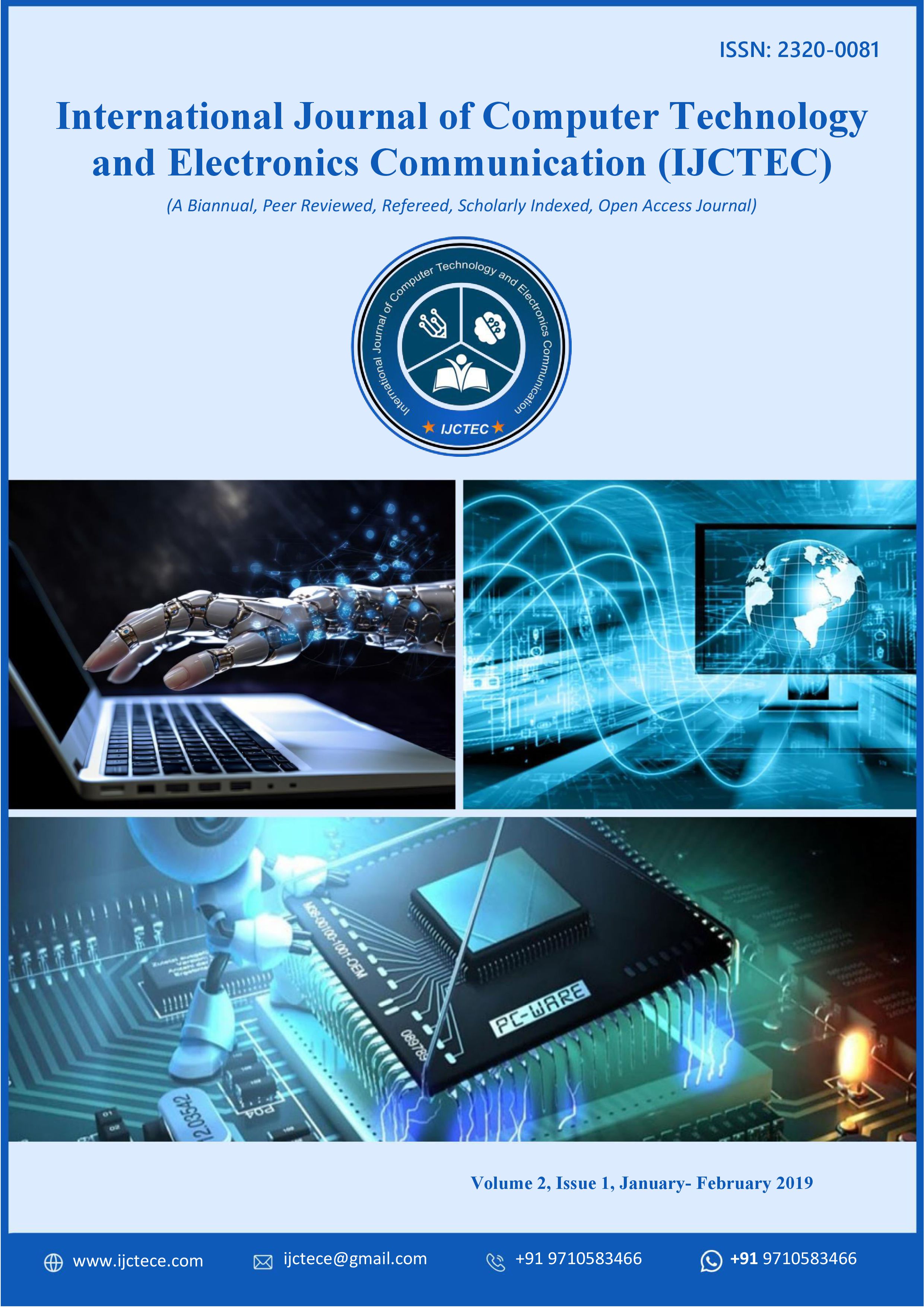Building Better Generative Models: Overcoming Challenges in AI Creation
DOI:
https://doi.org/10.15680/IJCTECE.2019.0201001Keywords:
Generative Models, GANs, VAEs, Transformers, AI, Mode Collapse, Data Augmentation, Ethical AI, Model Evaluation, StabilityAbstract
Generative models have revolutionized various domains, from image and text generation to drug discovery and data augmentation. These models, including Generative Adversarial Networks (GANs), Variational Autoencoders (VAEs), and Transformer-based models, have shown impressive performance across a wide range of applications. However, despite their successes, the field of generative modeling still faces significant challenges. Issues such as instability during training, mode collapse, lack of diversity in generated outputs, and difficulties in evaluating the quality of generated data remain persistent. This paper aims to explore the state-of-the-art generative models, identify the primary challenges hindering their development, and propose strategies for overcoming these obstacles. We will also investigate the importance of data quality and ethical considerations in the creation of generative AI models. By delving into the technical intricacies of generative model architectures, loss functions, and optimization techniques, the paper seeks to provide a comprehensive understanding of the current landscape and future directions. A detailed methodology section will highlight best practices in training, model selection, and evaluation, offering insights to both researchers and practitioners working with generative models.
References
1. Goodfellow, I., et al. (2014). "Generative Adversarial Nets." Advances in Neural Information Processing Systems (NeurIPS).
2. Kingma, D.P., & Welling, M. (2014). "Auto-Encoding Variational Bayes." International Conference on Learning Representations (ICLR).
3. Sugumar, R., Rengarajan, A. & Jayakumar, C. Trust based authentication technique for cluster based vehicular adhoc networks (VANET). Wireless Netw 24, 373–382 (2018). https://doi.org/10.1007/s11276-016-1336-6
4. G. Vimal Raja, K. K. Sharma (2014). Analysis and Processing of Climatic data using data mining techniques. Envirogeochimica Acta 1 (8):460-467.
5. Vaswani, A., et al. (2017). "Attention is All You Need." Neural Information Processing Systems (NeurIPS).
6. Mohit, Mittal (2013). The Rise of Software Defined Networking (SDN): A Paradigm Shift in Cloud Data Centers. International Journal of Innovative Research in Science, Engineering and Technology 2 (8):4150-4160.
7. Radford, A., et al. (2015). "Unsupervised Representation Learning with Deep Convolutional Generative Adversarial Networks." International Conference on Machine Learning (ICML).
8. He, K., Zhang, X., Ren, S., & Sun, J. (2016). "Deep Residual Learning for Image Recognition." IEEE Conference on Computer Vision and Pattern Recognition (CVPR).


